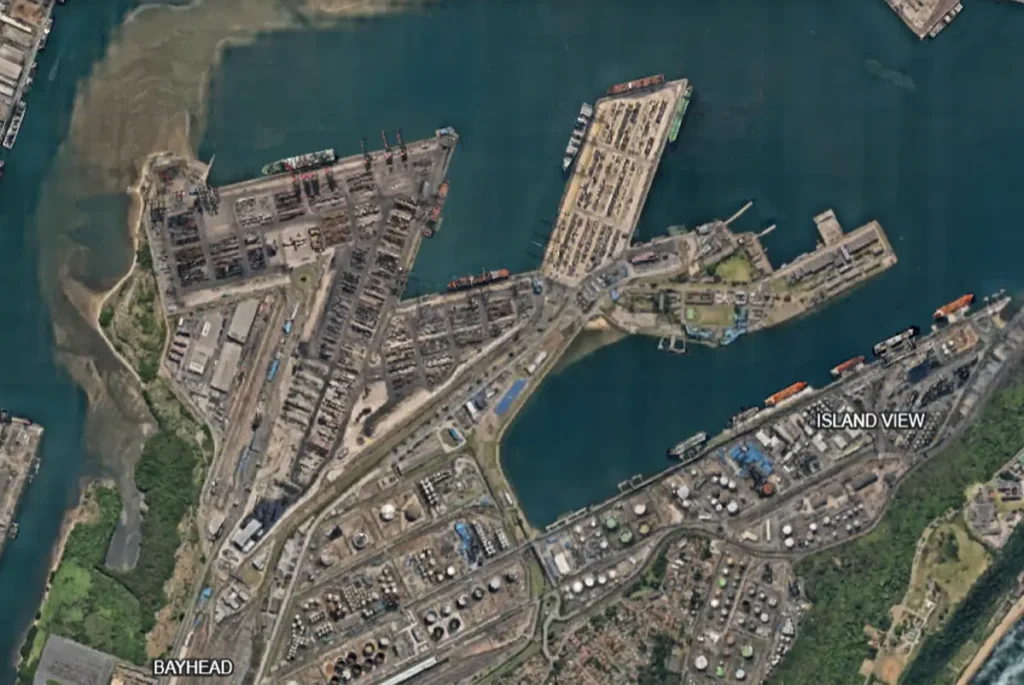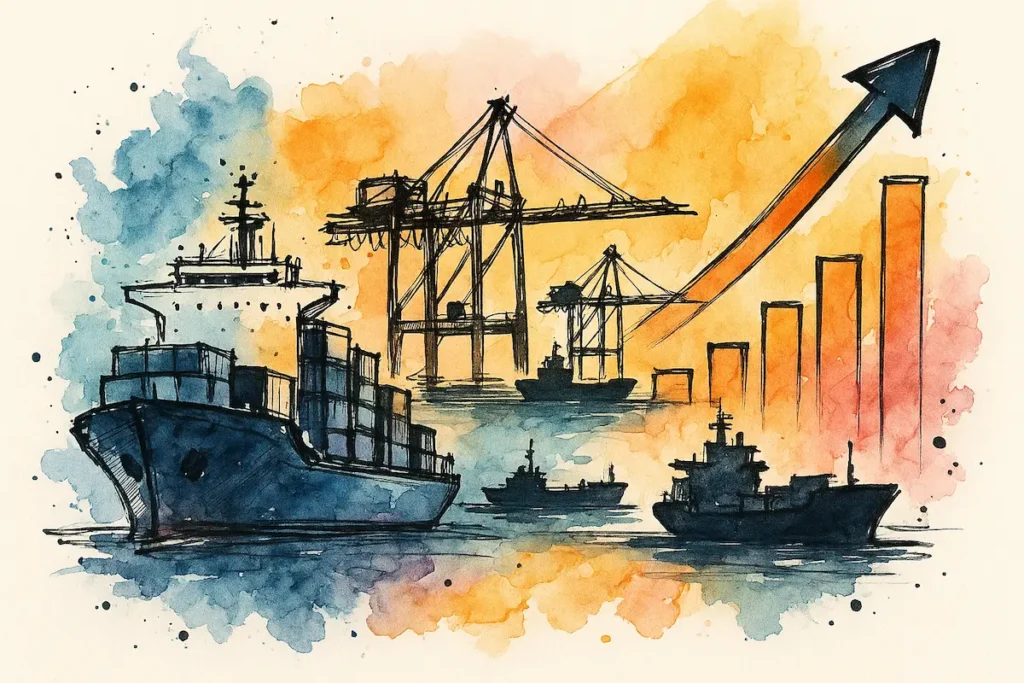Continuing from the earlier posts in this series, this post addresses the final question raised by a reader who came across a LinkedIn post on Bills of Lading and wanted clarification on some of its finer nuances.. The questions already addressed were :
- Does a Bill of Lading serve as definitive proof of shipment..??
- Is a Bill of Lading always evidence of a contract of carriage..??
- When is a Bill of Lading considered a Document of Title..??
The fourth and final question was:
Q4: It is incorrectly assumed that all Bills of Lading are marine, which they are not, and when they are not, their functions differ from marine Bills of Lading. (Please elaborate and explain)..
A4: This is indeed an important distinction to understand and one that is often overlooked in day-to-day shipping documentation..
We often speak of the Bill of Lading as if it is a single, standardised document with uniform functions.. But in reality, not all Bills of Lading are created equal, and not all of them are marine.. Some Bills of Lading may not be governed by maritime law at all..
– Advertise here –
What is a Marine Bill of Lading..??
The ICC defines a Marine bill of lading (also referred to as ocean bill of lading) as “The classic document of the traditional export trade, it plays three potential roles: 1) as a receipt for the cargo and evidence that the goods have been received in apparent good order; 2) as evidence of the terms of the contract of carriage between the shipper and the ocean carrier; and 3) as an instrument enabling transfer of control over delivery of the goods (“negotiability”), which allows the holder of the bill to trade the goods in transit by simple endorsement and physical transfer of the bill.”
A Marine Bill of Lading (although it may not be termed as this on the stationery) is issued for port-to-port carriage by sea, and typically governed by international maritime conventions such as the Hague Rules, Hague-Visby Rules, or in some cases, the Hamburg Rules..
This transport document is used for ocean transport between seaports and is commonly relied on in letters of credits (referring to it by name “ocean bill of lading”), claims handling, and insurance arrangements..
Their legal framework is well established under maritime law, which sets out a carrier’s rights, responsibilities, and limits of liability while the cargo is on board the vessel..
Other Bills of Lading
Today, many shipments are arranged on a door-to-door basis, covering not just sea transport but also inland trucking, rail, barge, or even air segments.. And in such cases, a different type of Bill of Lading comes into play, the multimodal or combined transport B/L..
These bills of lading may also be issued by a freight forwarder or NVOCC, covering the entire journey in one document from a factory in an inland city to a consignee’s warehouse across the world..
While the customer receives just one Bill of Lading, behind the scenes, the actual movement involves multiple transport providers, each operating under a different legal regime..
And this is where the key difference lies
Unlike a marine B/L, which is governed by maritime conventions, a multimodal or non-marine B/L has no single legal framework.. The sea leg might still fall under Hague-Visby, but the road portion could be governed by the CMR Convention (in Europe), the rail portion by CIM, and domestic trucking by national laws specific to each country..
Because a bill of lading stationery may not reflect specifically whether the bill of lading is an Ocean Bill of Lading or a Combined Transport Bill of Lading and also because the carrier may also offer the full door-to-door shipment, it is common for the bill of lading terms and conditions of the carrier to include below:
– Advertisement –
(1) Port-to-Port Shipment
When loss or damage has occurred between the time of loading of the Goods by the Carrier, or any Underlying Carrier, at the Port of Loading and the time of discharge by the Carrier, or any Underlying Carrier, at the Port of Discharge, the responsibility of the Carrier shall be determined in accordance with the Hague Rules or any national law incorporating or making the Hague Rules, or any amendments thereto, compulsorily applicable to this Bill of Lading.
(2) Combined Transport
(b) With respect to road Carriage between countries in Europe liability shall be determined in accordance with the Convention on the Contract for the International Carriage of Goods by Road (CMR), dated 19th May 1956; and during rail Carriage between countries in Europe according to the International Agreement on Railway Transports (CIM), dated 25th February 1961 (or any amendments to this Convention or Agreement).
As an example, consider a shipment from Johannesburg in South Africa to Cologne in Germany.. A carrier issues a single combined transport B/L..
The cargo is first moved by road or rail from Johannesburg to Durban, then shipped by sea to Rotterdam, and finally delivered by truck or train to Cologne.. Even though it is covered under one document, the legal responsibilities and liabilities for each segment vary widely..
In the event of a cargo claim, determining who is liable becomes complex as the mode of transport at the time of the damage will need to be verified, and also whether that segment is governed by maritime law, road transport conventions, or some other contractual condition..
Conclusion
Only those Bills of Lading that cover carriage by sea alone, from one port to another, and which are subject to maritime law, are considered truly Marine Bills of Lading..
Others, while still legally valid and recognised as Bills of Lading, differ in function, liability, and treatment..
Understanding this distinction is critical, not just for shippers and freight forwarders, but also for bankers, insurers, and legal advisors dealing with cargo claims, trade finance, or cross-border compliance..













